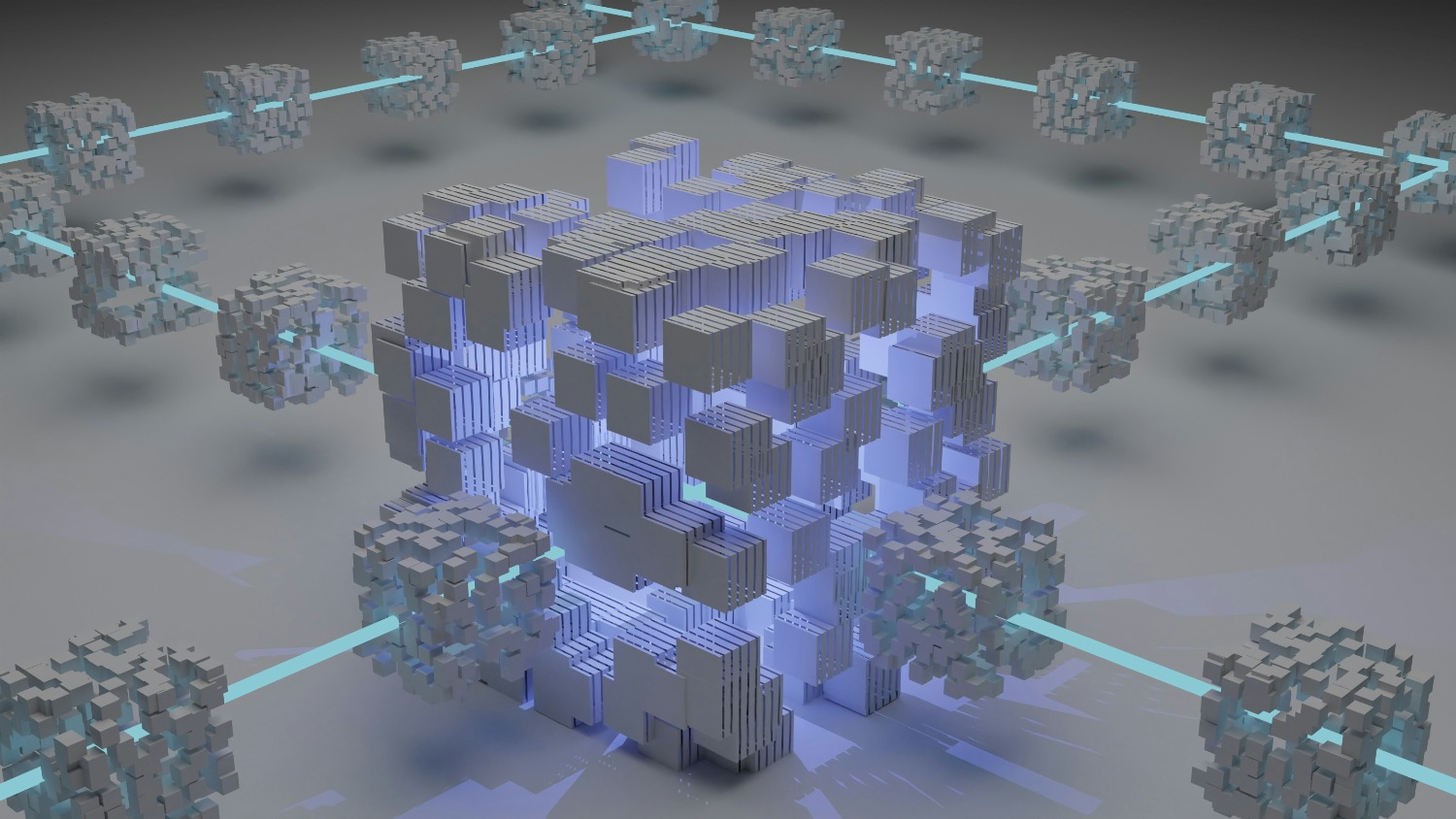How regulation, coding and security challenges shape the next era of blockchain
In 2025, the blockchain sector will enter a decisive phase. Regulatory frameworks are maturing, institutional adoption is accelerating, and real-world asset tokenization is becoming a practical reality. At the same time, new risks are emerging, especially in the area of decentralized finance and cybersecurity. Together, these developments are reshaping the opportunities and challenges that define the industry.
Regulatory maturity across Europe
A major shift in 2025 will be the increased clarity of regulation of digital assets. The Markets in Cryptoassets Framework, now active across the European Union, sets uniform requirements for cryptocurrency service providers, stablecoin issuers, and digital asset platforms. This regulatory stability encourages traditional institutions to cautiously expand into the digital assets space.
Across Europe, regulators are also examining the risks associated with tokenized investment vehicles. Concerns have been raised about tokenized shares, especially when they mimic share price movements without offering actual rights to shareholders. This highlights the broader challenge in the industry: reconciling technological innovation with clear legal definitions and investor protection.
The token is gaining momentum
Real-world asset tokenization has become one of the most promising areas for blockchain adoption. Real estate tokenization is attracting strong interest across Europe, supported by regulatory sandboxes and pilot programs that help developers test token-based financial products in controlled environments.
Forecasts for 2025 and beyond indicate significant growth in the infrastructure that enables asset tokenization. Companies are increasingly exploring how tokenized instruments can unlock liquidity, reduce settlement times, and improve transparency. But these benefits come with legal and operational complexities, including custody requirements, governance models, and regulatory compliance.
Security risks in DeFi
DeFi continues to drive innovation, but it also remains one of the riskiest sectors of the blockchain industry. DeFi platforms now hold large amounts of assets, yet many projects still prioritize rapid development over robust security testing. This creates security vulnerabilities that sophisticated attackers continue to exploit.
Concerns about the risks of exploitation, weak auditing standards, and vulnerabilities in smart contracts highlight the need for better security frameworks. The tension between innovation and safety is likely to remain a defining issue for DeFi throughout 2025.
The growing influence of artificial intelligence in Blockchain
The convergence between artificial intelligence and blockchain is becoming more evident. AI-powered agents are increasingly able to directly interact with decentralized applications, optimize financial strategies, and simplify complex on-chain operations. This development promises greater efficiency for users, but also raises questions about transparency, oversight, and how autonomous systems are regulated.
Advanced models of governance and decentralization
Research in 2025 points to meaningful changes in how blockchain ecosystems organize themselves. While decentralization remains a primary goal, some networks are showing signs of re-centralization in areas such as consensus mechanisms, developer influence, and governance structures.
These dynamics reflect a broader challenge: balancing decentralization with performance, user protection, and compliance as institutional participation grows. The industry is moving towards more fine-grained governance models that combine on-chain mechanisms with traditional oversight.
Stablecoins as infrastructure
The importance of stablecoins continues to grow. Besides serving as digital money, it is increasingly viewed as programmable financial infrastructure. It supports tokenization, cross-border settlements, and decentralized applications. Many jurisdictions are now enhancing requirements for reserve transparency, data management and operational resilience to ensure stablecoins can operate securely in large-scale financial environments.
Identify locations within this scene
In the midst of these developments… Chinsus It stands as an example of a company operating within the evolving blockchain ecosystem, offering expertise in enterprise blockchain solutions, decentralized application development, and Web3 consulting. Meanwhile, Giorgio International Holdingsa British-Georgian business group, reflects growing interest from traditional corporate players seeking to integrate blockchain into their long-term technology strategies.
Both organizations demonstrate how startups and established companies alike are adapting as blockchain technology moves toward greater institutional relevance.
Looking forward
The blockchain industry in 2025 is shaped by progress and uncertainty. Regulatory clarity is improving, but implementation and compliance remain persistent challenges. The coding process is progressing rapidly, but requires careful legal and technical frameworks. AI-driven automation expands the possibilities, but adds new layers of complexity.
Despite these challenges, the trend is clear. Blockchain technology is moving from experimental technology to an essential component of future financial infrastructure, digital governance, and decentralized innovation. If current trends continue, 2025 could be remembered as a pivotal year in the technology’s long-term development.




